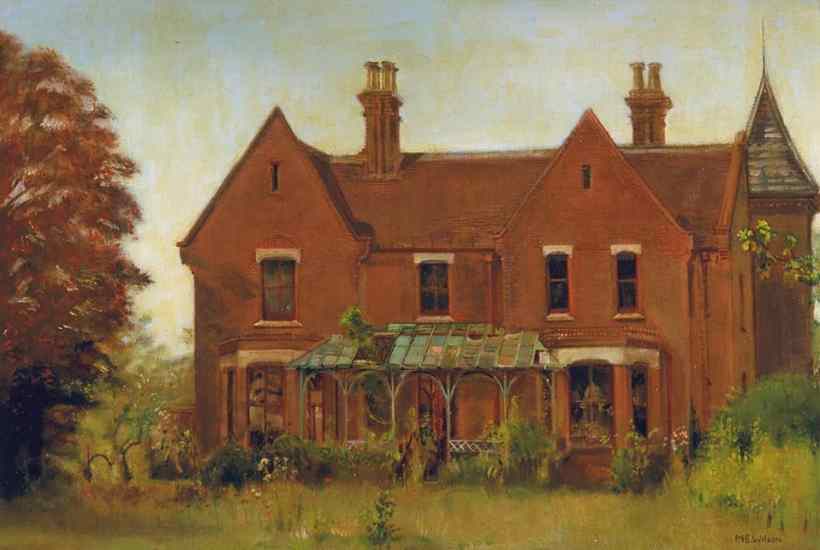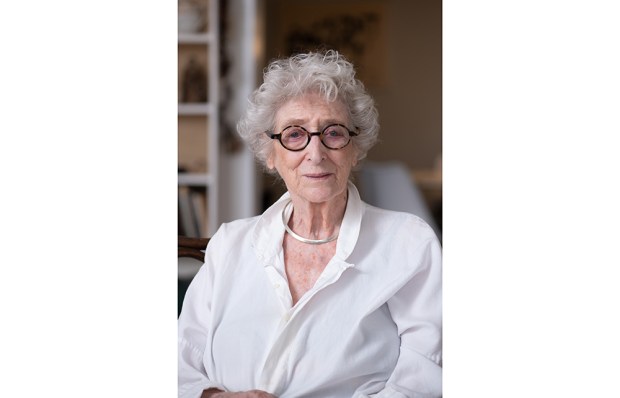Place and story are little remembered now. The rectory in Essex was severely damaged by fire in 1939. But any old house with an unpleasant atmosphere, especially isolated, damp, dark and unmodernised, was once described as ‘like Borley Rectory’.
Judging by this long ‘story of a ghost story’, the place showed its true nature from the beginning.
Already a subscriber? Log in
Subscribe for just $2 a week
Try a month of The Spectator Australia absolutely free and without commitment. Not only that but – if you choose to continue – you’ll pay just $2 a week for your first year.
- Unlimited access to spectator.com.au and app
- The weekly edition on the Spectator Australia app
- Spectator podcasts and newsletters
- Full access to spectator.co.uk
Or
Unlock this article
You might disagree with half of it, but you’ll enjoy reading all of it. Try your first month for free, then just $2 a week for the remainder of your first year.















Comments
Don't miss out
Join the conversation with other Spectator Australia readers. Subscribe to leave a comment.
SUBSCRIBEAlready a subscriber? Log in